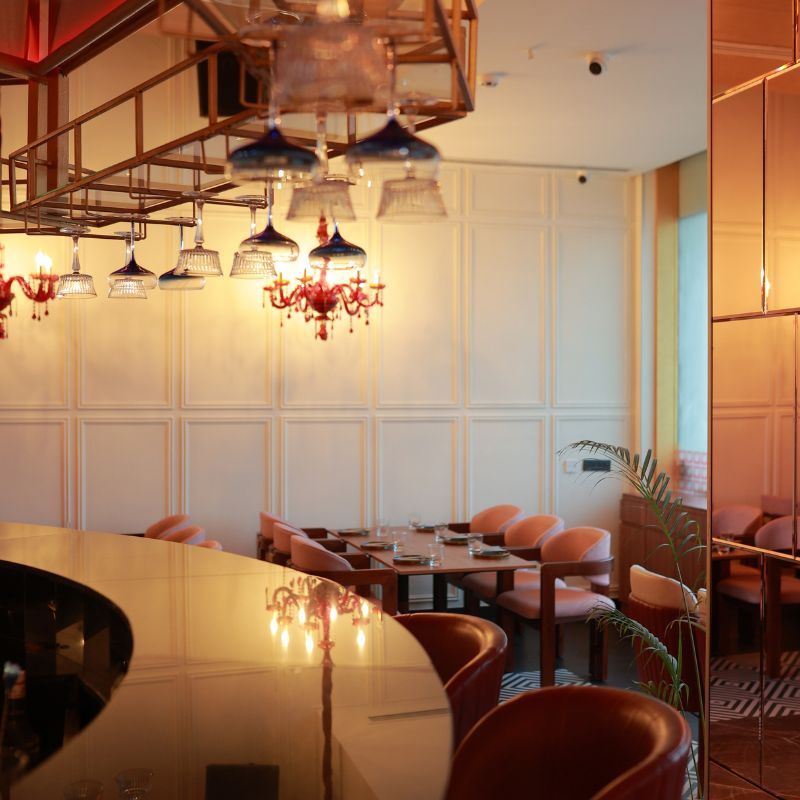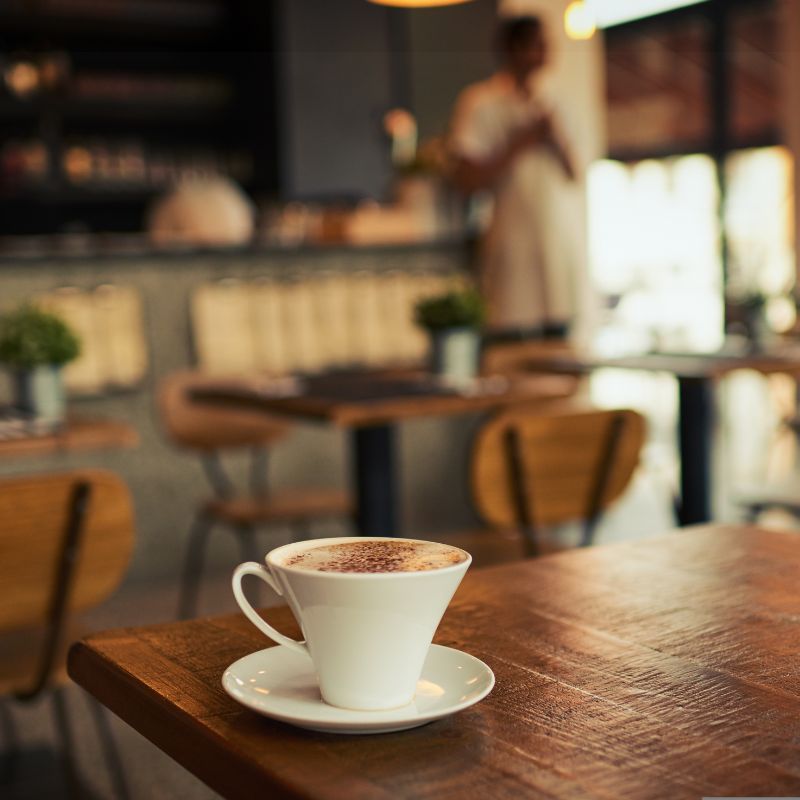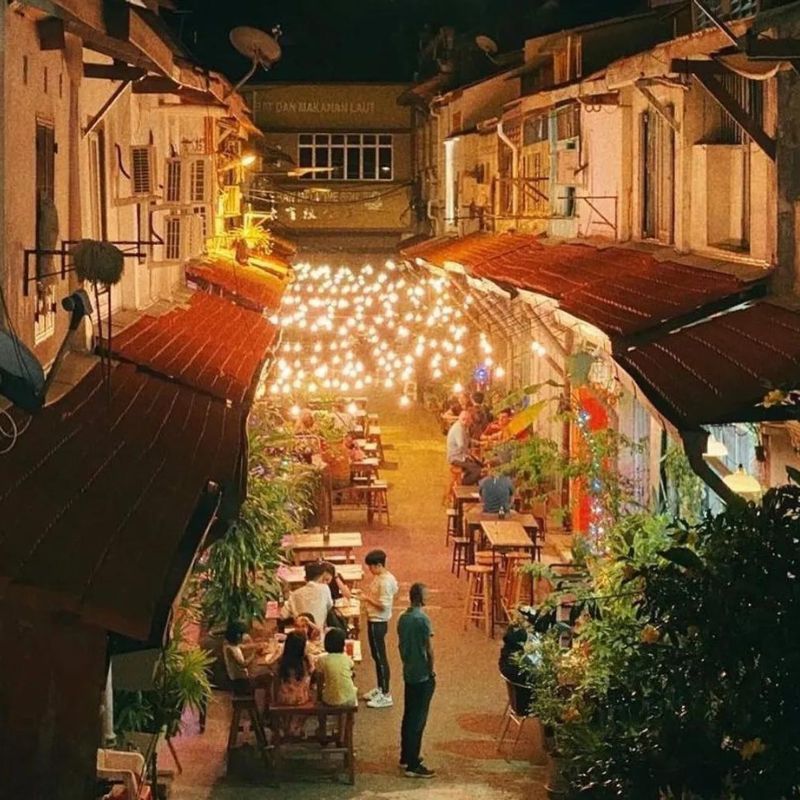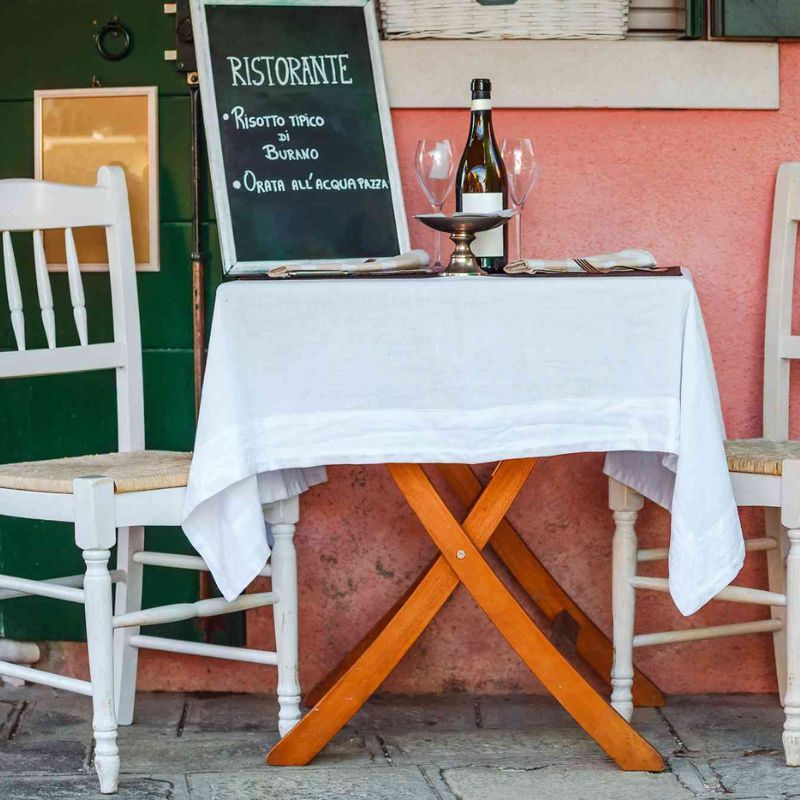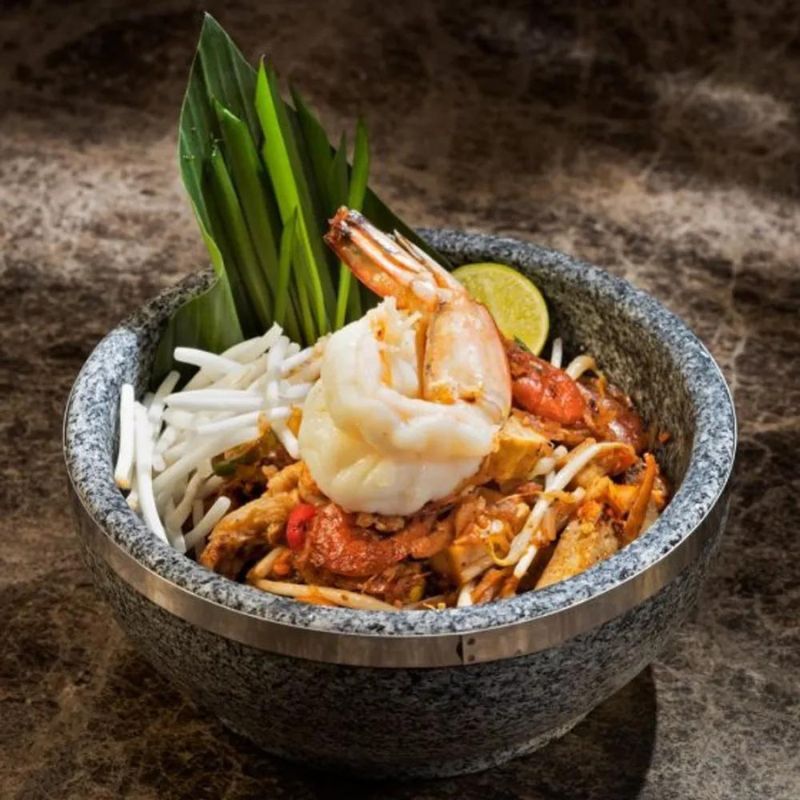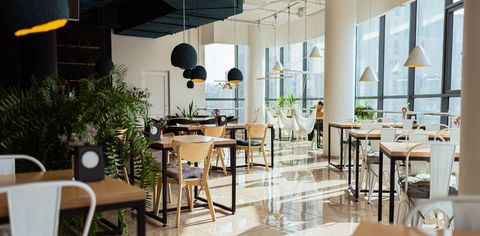
A wholesome fine-dining experience comes not just from a restaurant’s food but its ambience, too. Beautiful locales, artful interiors, and unique designs can make a dining experience memorable. Add these restaurants to your bucket list the next time you visit these countries. By Manas Sen Gupta
Featuring architectural styles such as Art Deco and sustainable design elements, here are some of the finest restaurants from around the world, whose beautiful interiors and scenic locations strike a soothing balance with their choicest dishes.
Gucci Osteria da Massimo Bottura, Florence, Italy

This Michelin-starred restaurant is in Piazza della Signoria, in Florence. A part of the Gucci Garden museum and the retail outlet, the interiors of this place feature hues of green. The restaurant’s outdoor seating area is a covered space overlooking the Palazzo Vecchio, done up in earthy tones.
The private dining room called Sala degli Specchi is ideal for those looking to indulge in a royal dining experience. Twelve seats in the centre are surrounded by antique gilded mirrors that add dimension to wood-panelled walls. The second floor of the establishment is designed for business meetings or private receptions.
Beige by Alain Ducasse, Tokyo, Japan

The classy restaurant, located in the Chanel Ginza building, is a collaboration between legendary chef-restaurateur Alain Ducasse and iconic French fashion label Chanel. Designed by Chanel’s boutique designer Peter Marino, the place reflects the “simple and elegant” philosophy that both the renowned names share. Items created by traditional Japanese and European craftsmen create a contemporary environment. Natural light plays freely during lunchtime, while the night lights of the Ginza skyline illuminate the beautiful interiors at dinner hours. Tableware at the restaurant includes luxurious materials such as crystal, chinaware, silver, gold, rubber, wood, copper and lacquer.
Do visit the rooftop section, called Le Jardin de Tweed, which has a giant installation with multiple Chanel logos on one side and the Ginza skyline contouring the other side.
Steirereck, Vienna, Austria

Located in the Stadtpark, Steirereck is a masterpiece among architecturally beautiful restaurants. There are four extension blocks (or pavilions) with exterior walls made of reflective metal, allowing the space to merge with the parkland around it. Massive windows, which slide vertically upwards, make the overall design not only futuristic but also in tune with nature.
Every pavilion is designed to allow maximum movement of the staff. Bays have been created to let guests feel both privacy and amity with nature. Movable curved wooden partitions in the seating area help in quick modification of the arrangement. The restaurant’s interiors also incorporate complete transparency, as diners can watch chefs prepare their meals.
Eleven Madison Park, New York City, US

Opened in 1998 in the Metropolitan Life North Building, the restaurant is a must-visit if you are a fan of the art deco style and good food. The main dining hall looks like a part of a magnificent palace with windows almost as high as an average two-storey house. The warm palettes and textures of the walls, chairs and tables along with the lighting together create a 1930s feel at the restaurant.
There are three private dining spaces that can accommodate up to 18, 34, and 50 guests. Adding depth to the architecturally beautiful restaurant’s latest space is a Sol LeWitt installation.
Azurmendi, Larrabetzu, Spain

The architecture of Azurmendi is as essential to the sustainable philosophy of the restaurant (and chef Eneko Atxa Azurmendi) as the menu. From the outside, it resembles a large greenhouse on a hilltop in the Basque Country. Glass walls allow diners to enjoy scrumptious dishes in the lap of nature, while natural light illuminates the space throughout the day.
Designed by Naia Eguino, the building is bioclimatic. On the roof is the restaurant’s greenhouse, along with a garden of vegetables and aromatic plants. A germplasm bank stores over 400 seed varieties from the Basque Country. Rainwater is collected for irrigation and cleaning, and sunlight is used for energy. There are charging points for electric vehicles at the restaurant as well. Recycled materials and certified local wood panels have been used in construction. The atrium has a garden where tree sculptures conceal air vents. The restaurant has been certified by Leadership in Energy & Environmental Design (LEED) for its design and construction and has twice won the Sustainable Restaurant Award by The World’s 50 Best.
White Rabbit, Moscow, Russia

Situated on the 16th floor of a central Moscow building, the upscale White Rabbit has a massive glass dome shielding its two-level main dining area. Here, guests can get a 360-degree view of the Moscow skyline. The interiors reflect Russia’s baroque and rococo architectural history. Rabbit-themed art and traditional matryoshka dolls are part of the decor, along with flowers and artistic models of the country’s architectural heritage. While natural light illuminates the restaurant’s interiors during daytime, the night gets even more enchanting with intelligent use of artificial lighting that includes candles.
Atelier, Munich, Germany
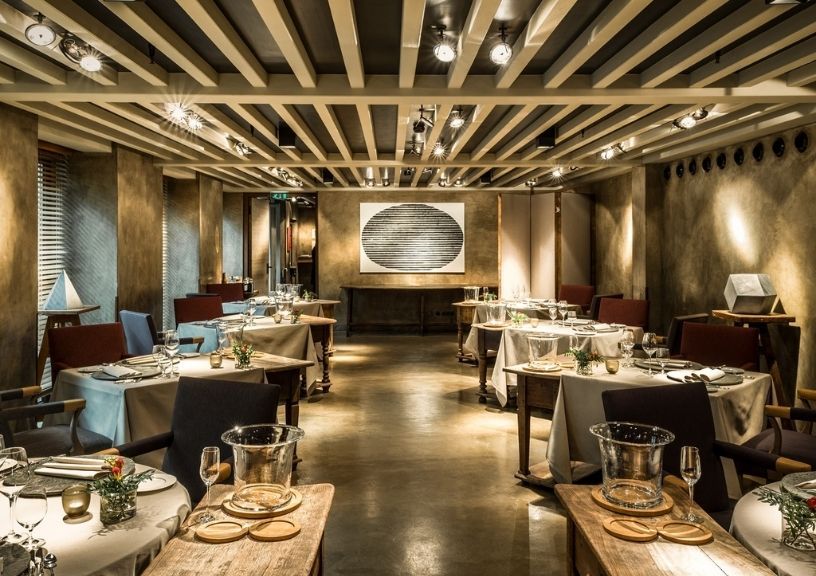
Atelier is a part of the Bayerischer Hof hotel in Munich. The building of the hotel was conceptualised by King Ludwig I and built in 1841, and is one of the most famous addresses in the city.
It was designed by Axel Vervoordt, a renowned Belgian interior designer and art dealer. The restaurant’s interiors, with its panels, blinds, walls and furnishing appear like the atelier of an artist. ‘The Garden’ here is a cosy terrace separated by a mobile wall made by Dirk Vander Eecken.
Emporio Armani Caffè and Ristorante, Milan, Italy

Located in Via Croce Rossa, Armani’s 21-year-old exclusive eatery is divided into two sections. The first section, on the ground floor, houses both the café and the lounge. The first floor has a restaurant with a ‘champagne bar’ at the entrance. The restaurant is located in a 1930s’ building, which inspired Giorgio Armani’s architects to bring back the colours and style from that period in the interiors.
La Maison 1888, Đà Nẵng, Vietnam

The restaurant building is a merger of East Asian architecture and French design. The antique mansion, designed by Bill Bensley, is situated on a mountainside. The interiors of the private dining rooms reflect the tastes of the children of a fictional French-Eurasian family, which was Bensley’s inspiration. For instance, the Traveller’s Room was based on a playboy son, and the room features original Stetson, Knox and Churchill hatboxes, travel posters and books such as The Story of a Bad Boy by Thomas Bailey Aldrich.
Similarly, the Le Boudoir de Madame dining room has Vietnamese embroidered puff stool, bronze lanterns, antique screens and wooden canopied Chinese bed—things that the ‘daughter’ of the family would be at home with.
Tori Tori, Mexico City, Mexico

The façade of this sushi restaurant in the Polanco neighbourhood features two self-supporting layers of intricately cut and handcrafted steel plates, which form a lattice-like structure around the restaurant’s walls. Daylight creates mesmerising shadows in the restaurant’s interiors, while violet light illuminates this unique structure in the evenings.
Related: Top 10 Most Affordable Michelin-starred Restaurants In The World





